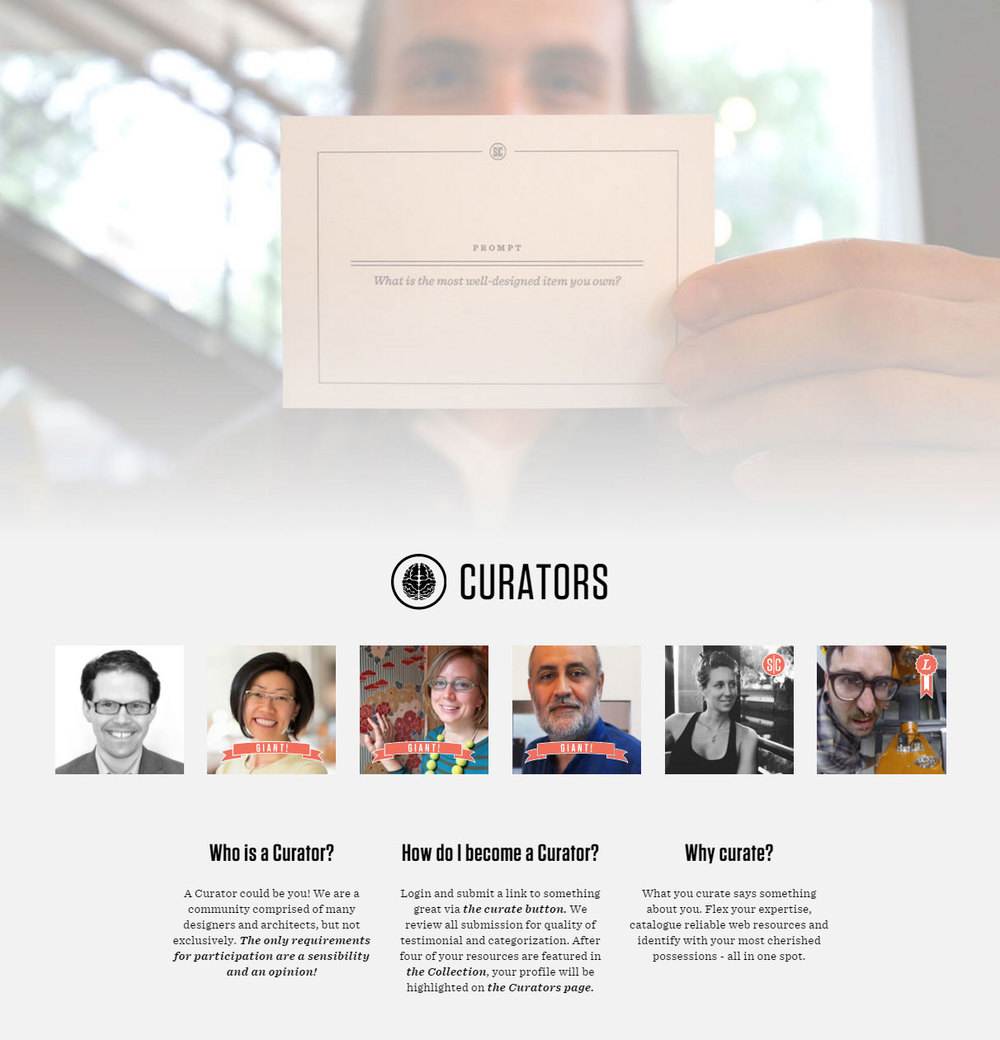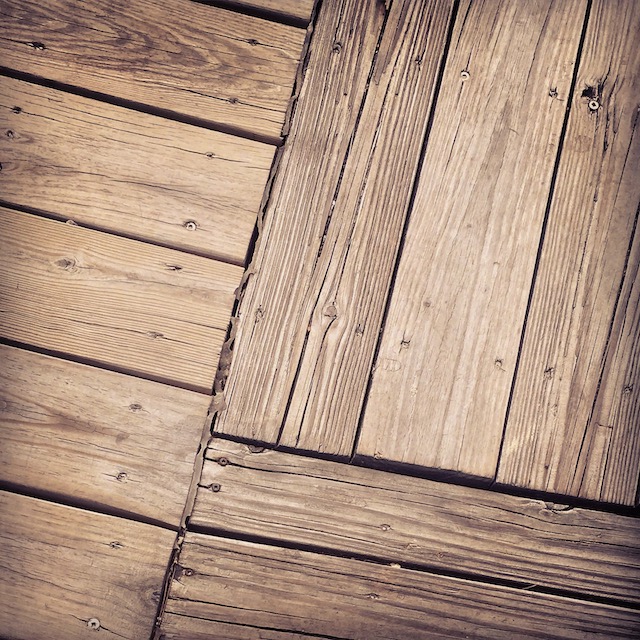Co-Founders of Section Cut
Kyle Sturgeon, Director of Business Development for the Section Cut (SC) team, took time out of his busy day to speak with me about how they do business and their ambitious plans for the future.
Background:

Website: www.sectioncut.com
Co-founded in 2010 by Robert Yuen, Jono Bentley Sturt, Kyle Sturgeon, and Dan Weissman.
Vision: In the discipline of architecture, a section cut is an essential type of drawing; a single slice of a building. SC aims to be a web-parallel to this powerful drawing convention—in the same way that a drawing cuts through immense complexity to show a single moment, we aim to cut through the noise of the internet, straight to the good stuff.

Section Cut Facts:
- The partners met in architecture school at the University of Michigan.
- They live and work in three different locations: Boston, Detroit, and San Francisco
- Talk twice a week to coordinate efforts.
- Each partner handles a different aspect of the organization: President, Creative, Development, and Content.
- 114+ curators contributing content.
- 4 general areas of focus on the website: Collection [Print, Digital, Products], Curators, Culture, and Academies.
- This is not their full-time job – all co-founders are either full-time or part time educators.

What drives you in this business?
Section Cut was formed by four friends from graduate school. We benefited from a strong studio culture and wanted to recreate what we liked best about it: collaborative learning, friendly competition, and sharing resources with others. It’s a healthy ecology and it inspired us to create a form of online design studio culture.
This ambition developed into the Section Cut platform – a place where one can help aggregate a collection, share resources and original thoughts, or find useful, beautiful things when you need them.
Additionally, we want SC to participate in the effort to remove the cultural disconnect between the educational environment and actual practice – what are the shared interests? The common tools? What can the student and seasoned practitioner learn from one another?
What is your greatest challenge?
To create a beautiful tool that educates and supports both aspirants and established professionals.
We work hard to provide access to design tools, current thinking, and other resources that will appeal to a spectrum of readers. The other partners and I wanted the website to have an organic, grassroots feel with no advertising.
How do you cope with the unknown?
We keep pressing forward. Each of us have other jobs and time commitments. This forces us to be creative and effective with the time that we spend together working on SC. We are constantly tweaking the website and looking at new ways to refine our platform.
Community outreach in the form of classes, workshops, or conferences has been a great way to explore various ideas and themes and expand the reach of our site.

– Thank you, Kyle, and I look forward to seeing how this develops over time. I was struck by the serious thought that the partners put into creating a digital manifestation of a physical culture. The ecosystem that they are building is simple, yet complex; and focused, but diverse. It has the feel of an old world market where colors, shapes, and sounds collide into a place where you never know what you will find each time you visit.


